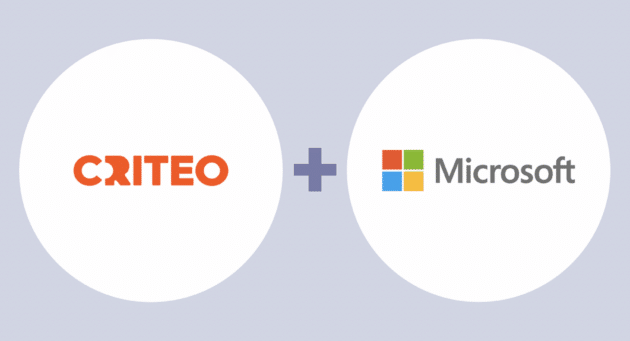In the ad-tech world, the first price auction movement is here. The shift has been gaining prominence for the past few years. While second-price ad auctions started more than ten years ago, they weren’t able to reflect the changes brought by header bidding. However, Google’s plan to roll out first price auctions this month shows that the industry transition is almost complete.
So it’s official: we live in a first-price auction world.
But what do first-price auctions imply for advertisers? How does it work? And what does it all mean?
Economists often consider second-price to be the fairest way to auction a commoditized product. The theoretical optimal bid is the actual value of the opportunity and is independent from the competition. In ad-tech, this incentivizes the buyer to submit the maximum price he is willing to pay for an ad placement on a publisher environment. He then ends up paying less if he wins.
In first-price auctions, the buyer pays exactly what he bids. Buyers need to guesstimate how much the competition bids to avoid overpaying for a display opportunity. This becomes a risk for over-spending and a potential performance issue when budgets get involved.
Beyond first- and second-price, some actors in the market have been trying to gather extra value from second-price auctions by using pricing controls. For example, soft floors, which set a price limit but accept bids that are just under the limit. These mechanisms create a hybrid auction between first- and second-price auctions. First-price auctions are more transparent, which allows for truthful bidding. This allows both buyers and sellers to see the actual cost of the impression.
How does Criteo handle first-price, second-price, and hybrid auctions?
As an early pioneer of header bidding with its own monetizing technology for publishers, Criteo Direct Bidder that now has been integrated into Commerce Grid, has long embraced the changing landscape of bidding in a first-price world.
Five years ago, Criteo started developing a smart bidding technology. This technology ensures a bid placed for any display opportunity offers the highest yield for clients and publishers. Criteo’s state of the art bidder in non-pure second-price auctions is constantly improving. This accounts for bidding in both first-price and ever more complex environments.
On top of valuing the user at that time in that location, machine learning algorithms predict the type of auction (1st, 2nd or hybrid), the competitive pressure, and the typical clearing prices. Criteo’s bidding technology then submits the optimal bid that will maximize the value for both advertisers and publishers in direct technologies.
As the auction landscape continues to change, Criteo will keep focusing on connecting demand and supply. Criteo is dedicated to generating the maximum value for clients by being able to bid dynamically in every environment and for all auction types.





















